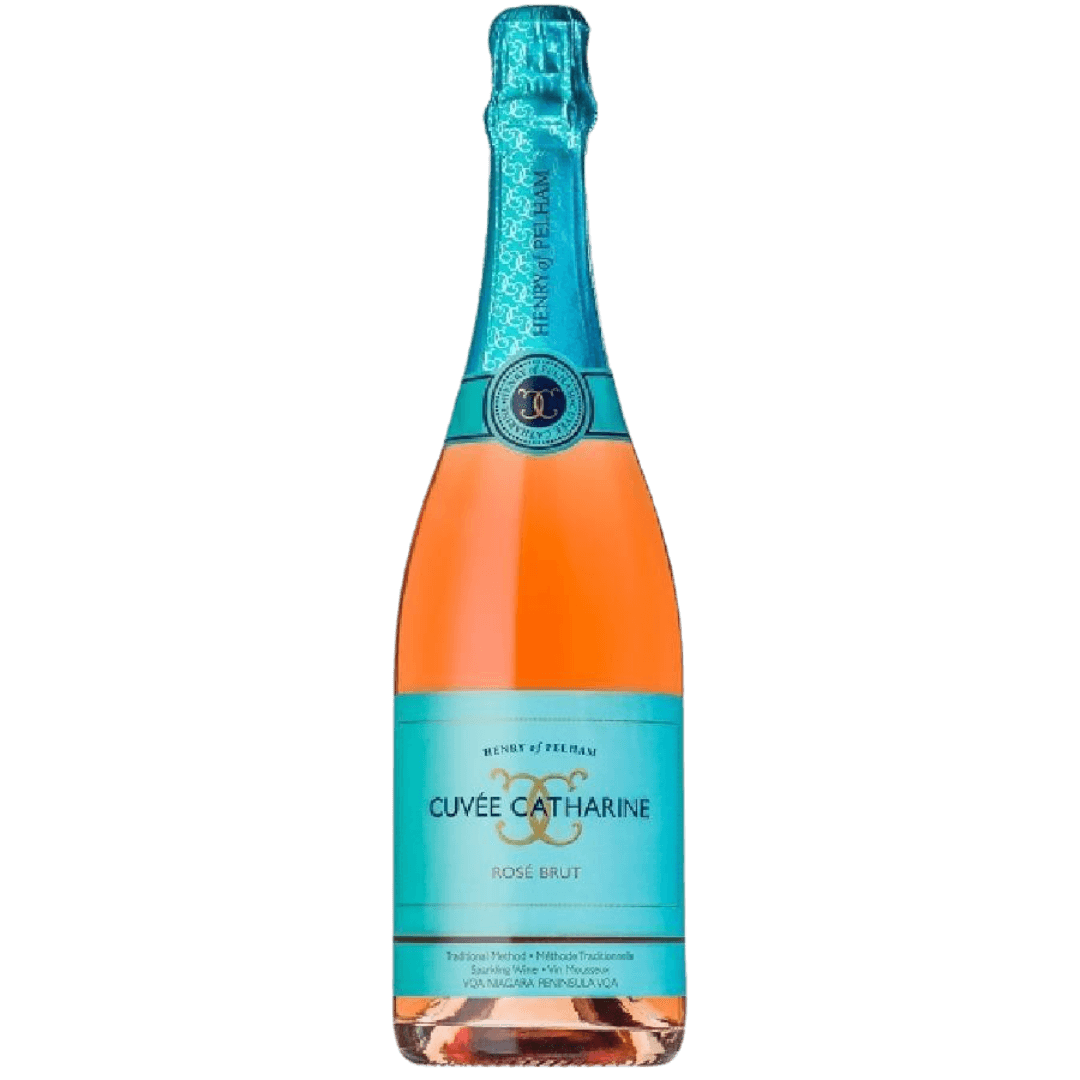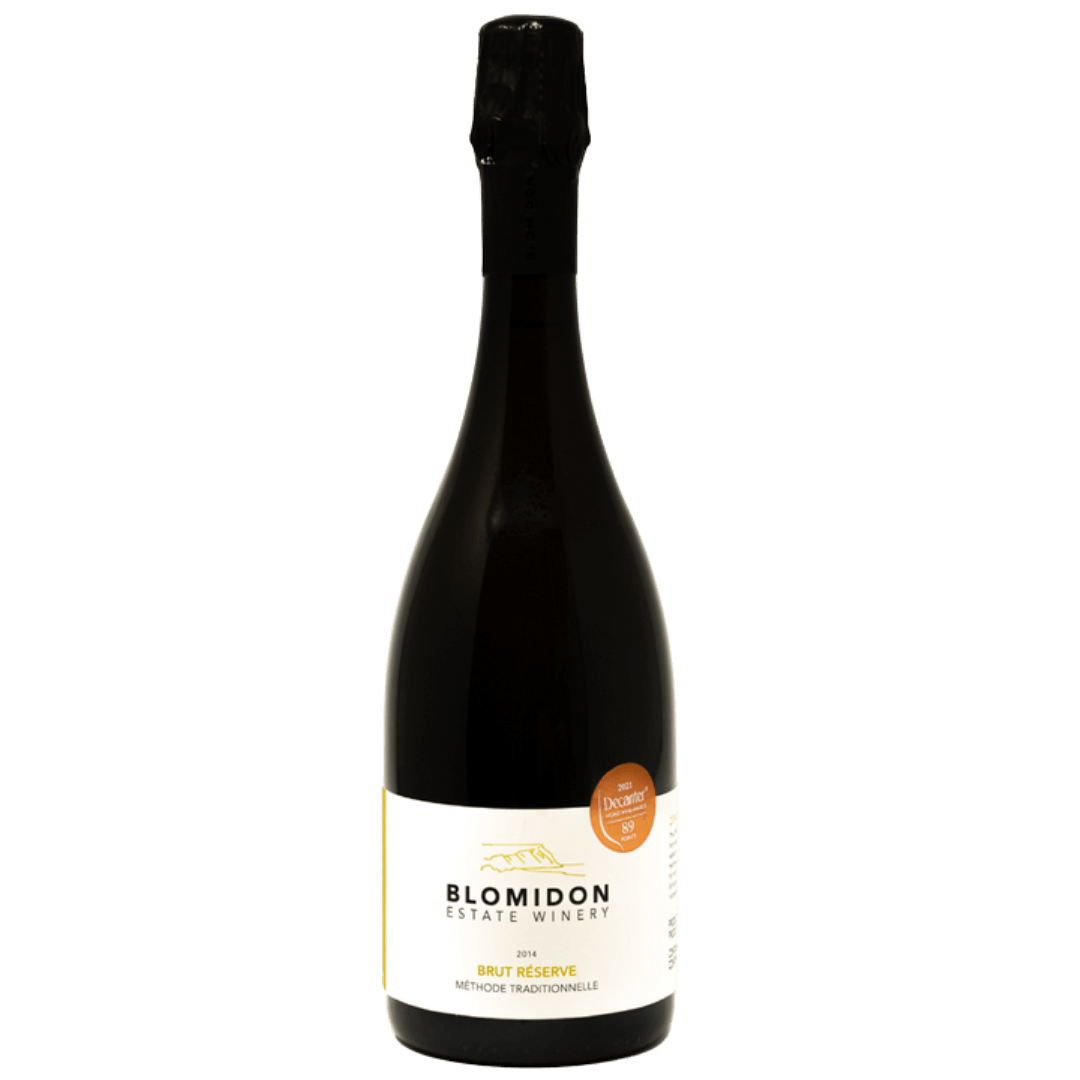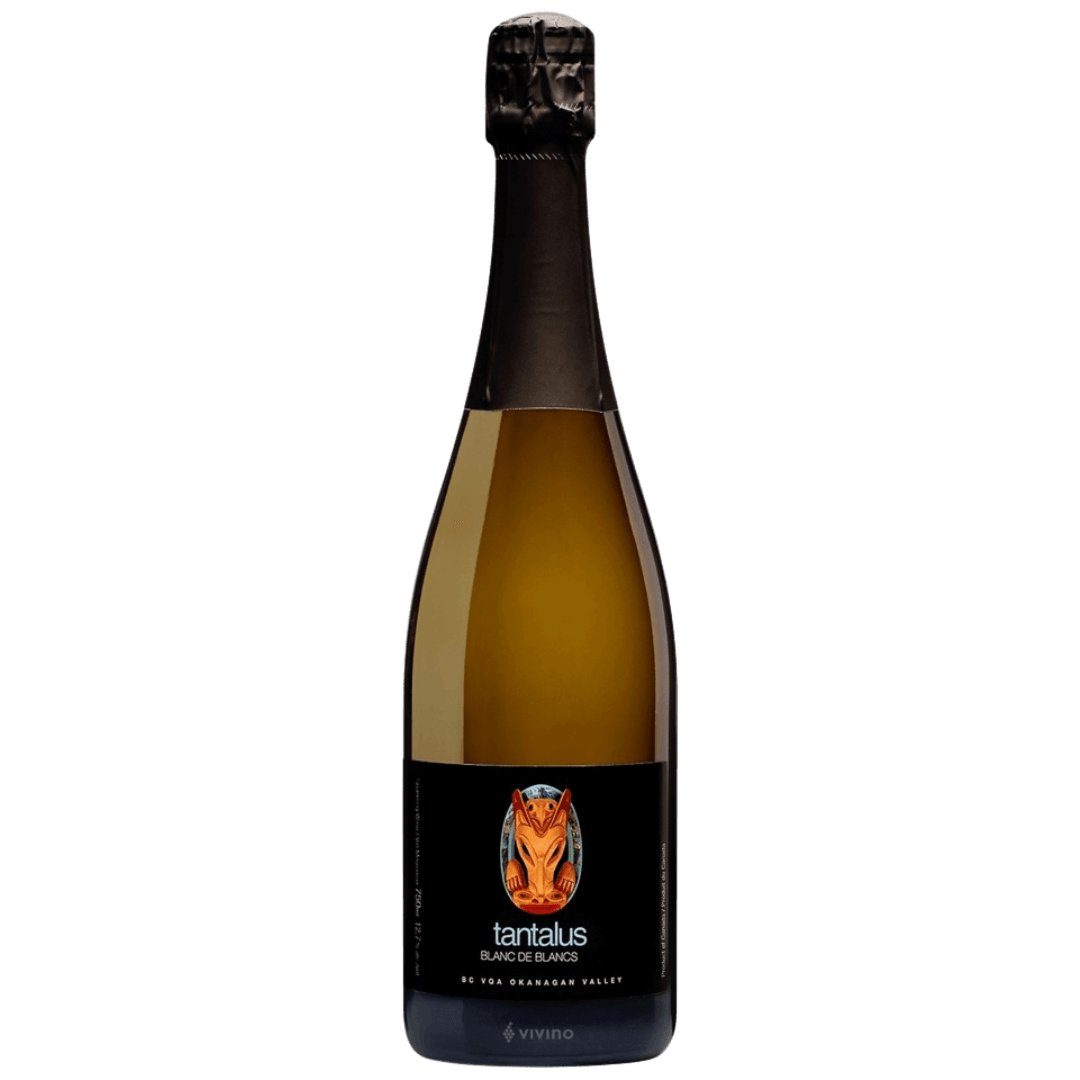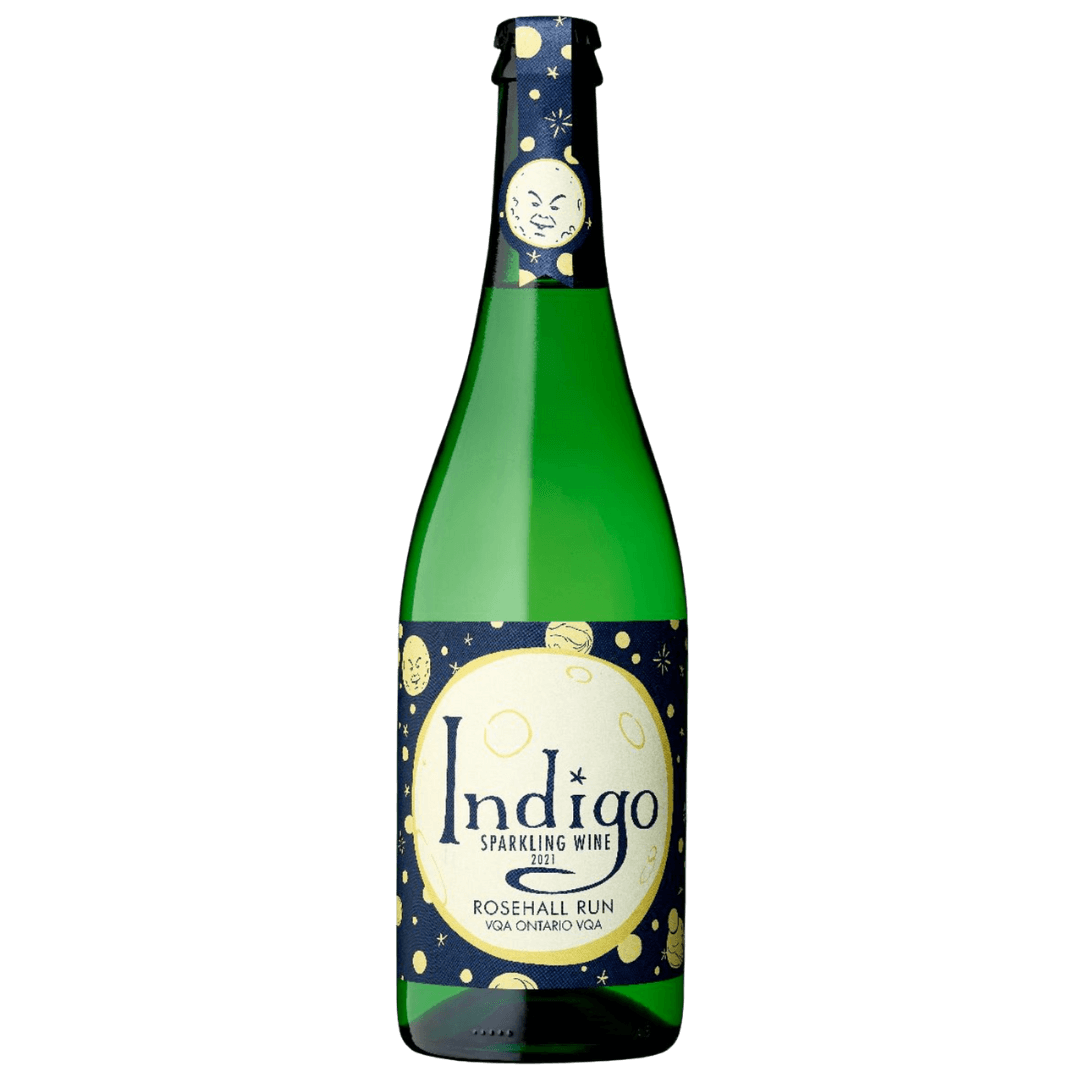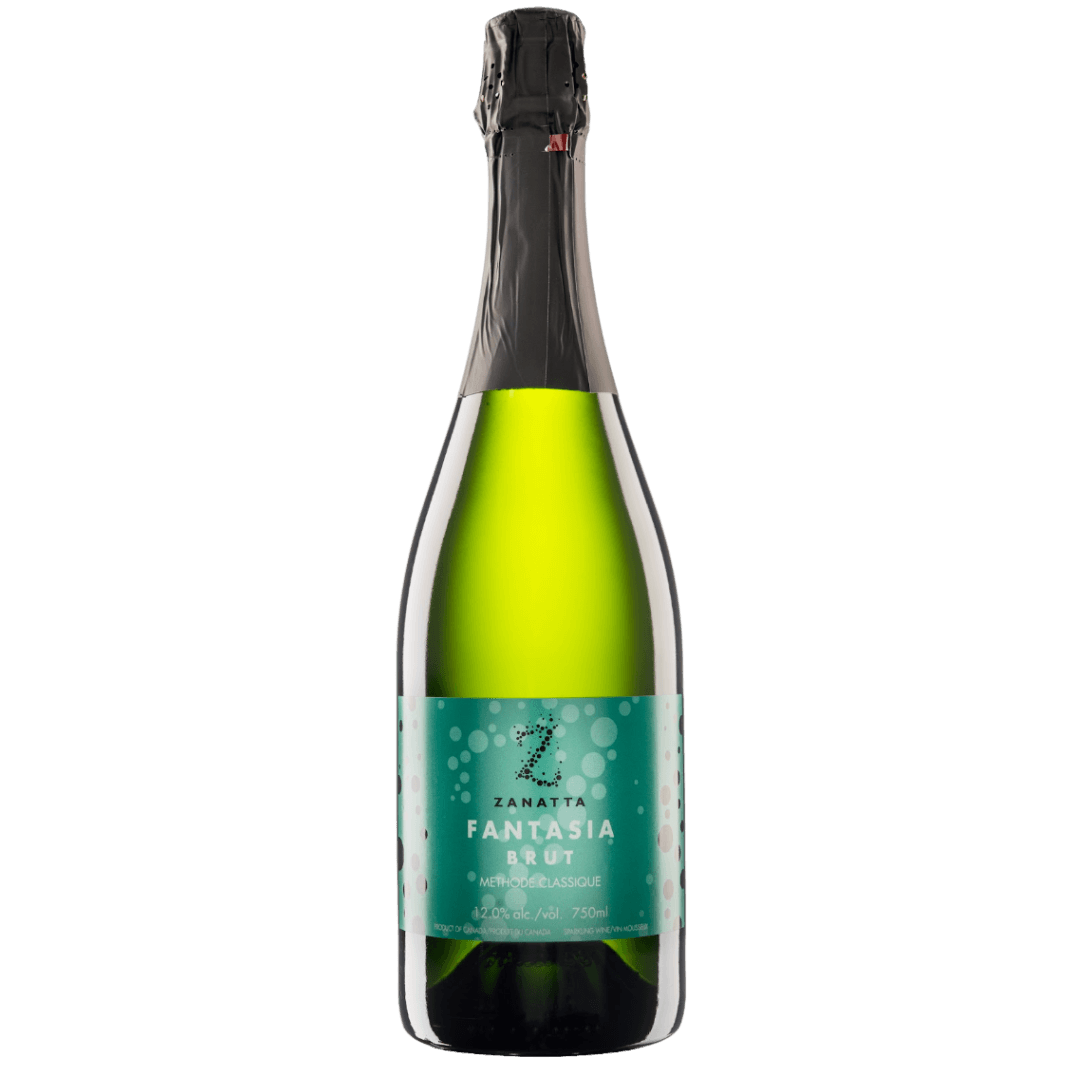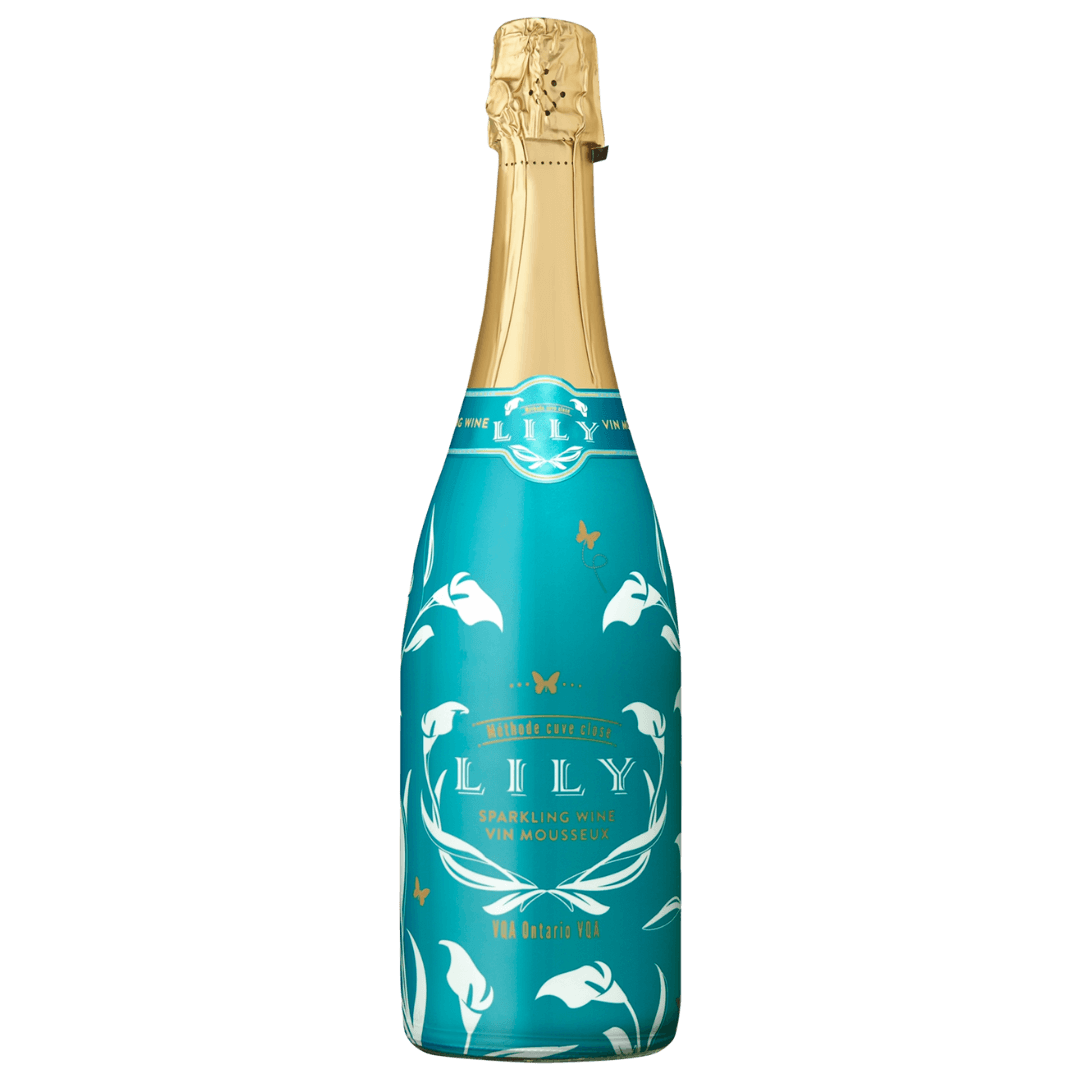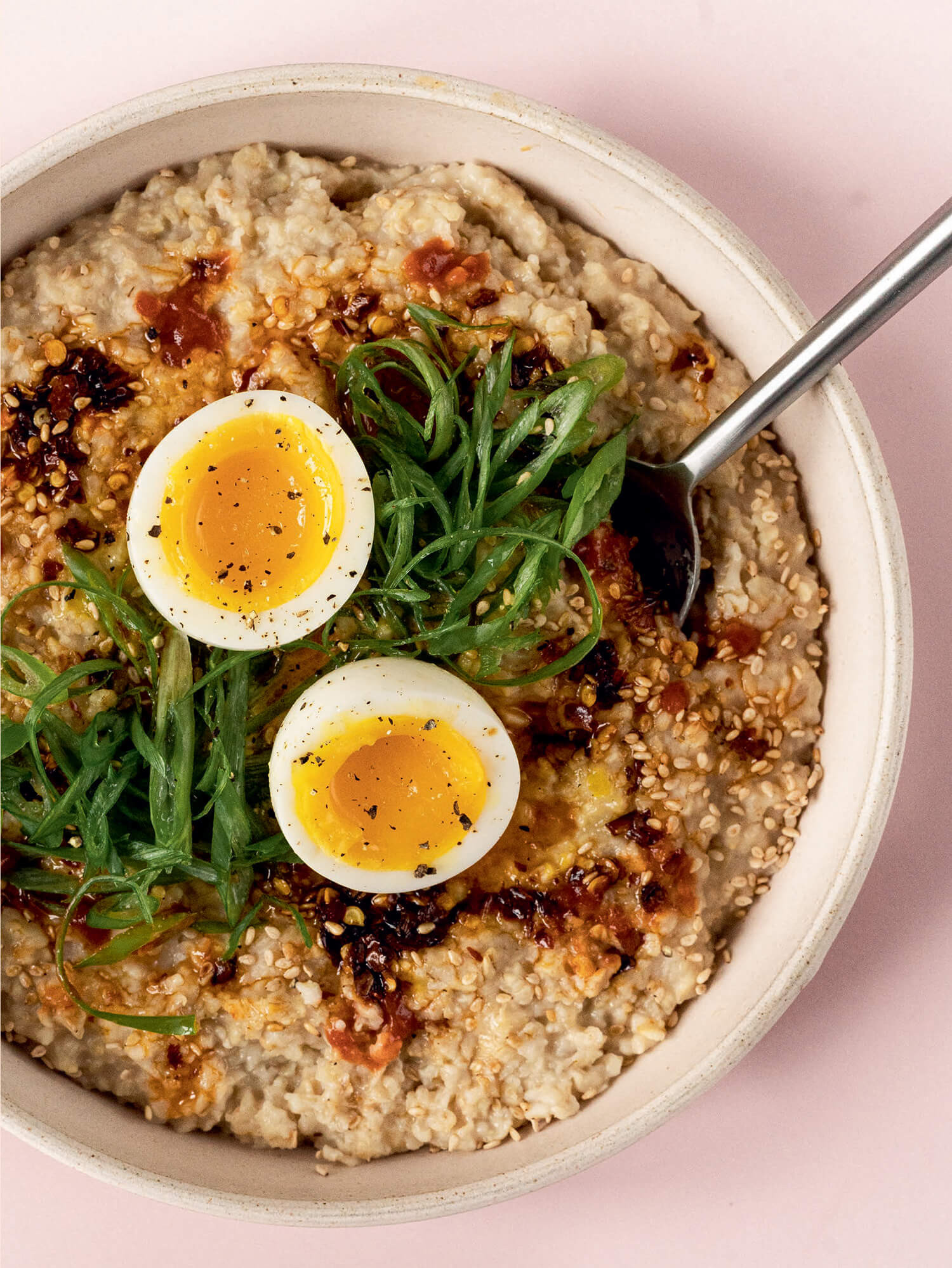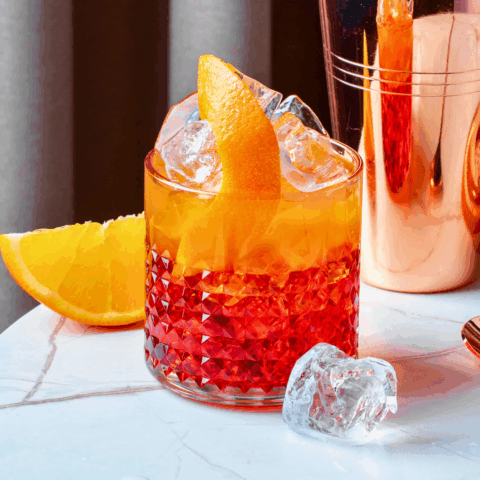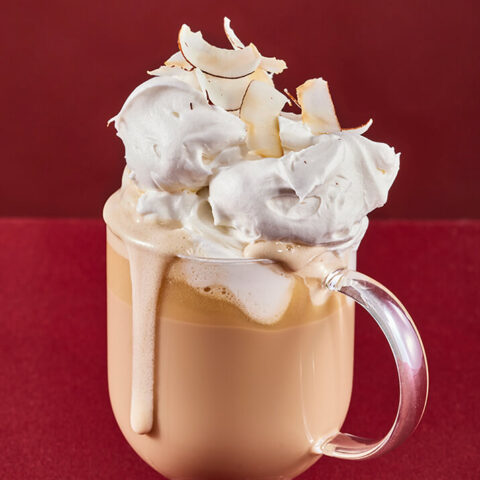From Nova Scotia to B.C., Canadian fizz runs the gamut of budgets and styles. Many of these sparkling wines are complex and majestic, on a par with Europe’s finest; others are more relaxed, perfect for an everyday aperitif and delightfully versatile with food. It’s no longer unusual for Canada to compete on the world stage with its own dazzling array of superior sparklers.
But why is top-quality sparkling wine bubbling up across Canada now? It’s all thanks to a happy alignment of three necessary conditions: our climate, our increasing expertise and, above all, our new-found love of sparkle. Sales of bubbly in Canada are expected to grow by almost 15 percent a year between now and 2025, with five times as many corks being popped at home than in restaurants or bars. Call it the Prosecco effect. The easy-going Italian favourite taught us that sparkling wine is for more than special occasions; it’s great in cocktails and spritzes, and it’s the default choice for lunch, brunch and sushi.

Key is our cool climate. It takes a long time for grapes to ripen on the vine and build up the sugars needed for fermentation. In Ontario, grapes intended for bubbly are often picked in the first half of September; by comparison, the harvest in the Anderson Valley, California’s great sparkling region, starts as early as July. Those extra weeks let aromas and flavours accumulate to delectable levels—true expressions of terroir—while the fruit’s racy acidity remains intact: just what a sparkling-wine maker needs.
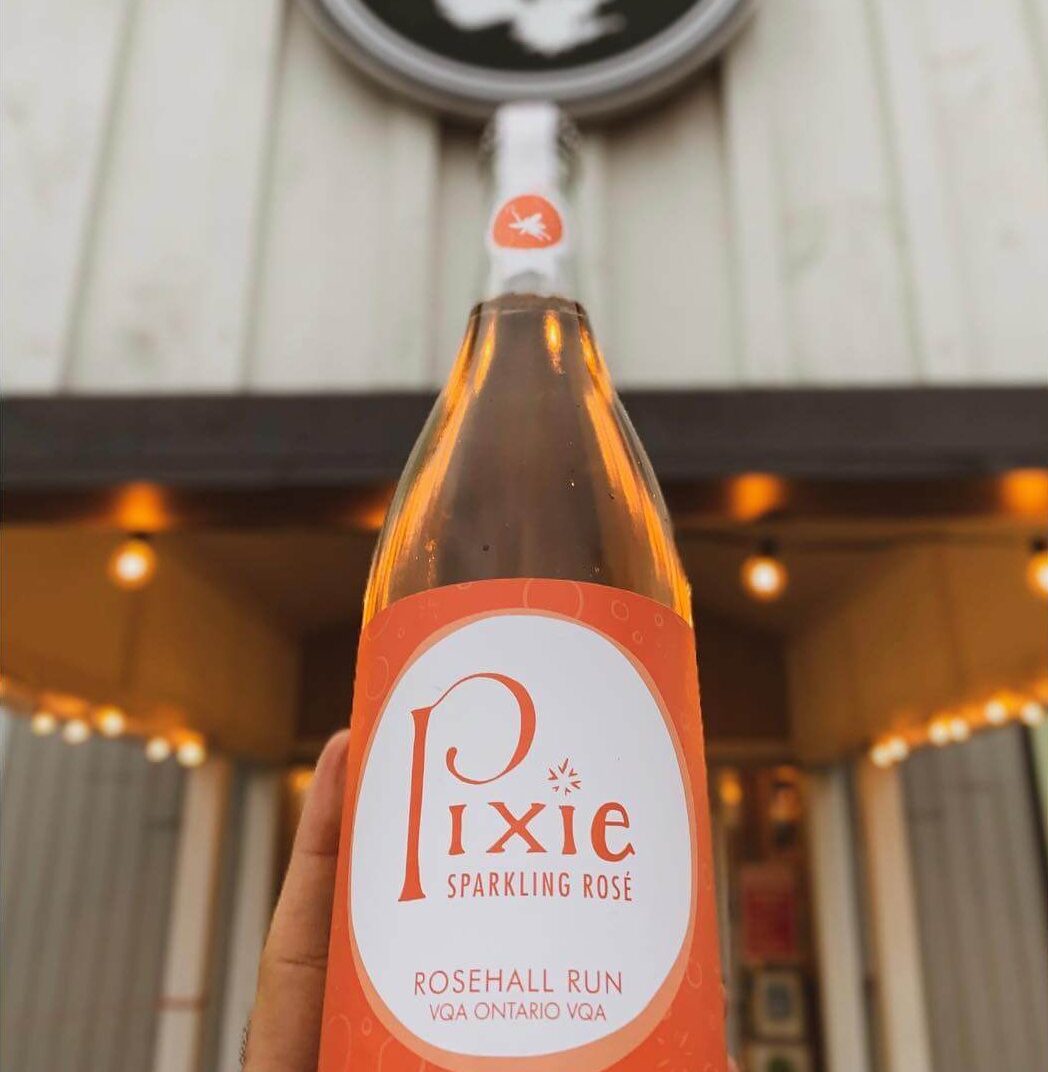
One winery that offers a full portfolio of sparklers is Rosehall Run Vineyards, in Ontario’s Prince Edward County. Top of the line is Stardust, a traditional-method bubbly made with the classic Champagne grapes, Pinot Noir and Chardonnay.
Co-founder and head winemaker Dan Sullivan let the 2013 vintage age on its yeasty lees in the bottle for seven years before he deemed it ready to meet the public. Incredibly complex and full of mature pastry, biscuit and baked-apple notes with the ringing acidity and background minerality typical of the County, it’s the ideal go-to celebration wine. And at $50, it’s generally less expensive than a basic entry-level Champagne.
At the other end of Rosehall Run’s list is Pixie ($19.95), a sparkling rosé made mostly from Vidal grapes using the Charmat method and named after the childhood nickname of Sullivan’s daughter, Megan. With peach and tangerine notes and a touch of sweetness, this is a perfect summer charmer.
Ontario’s cool climate is ideally suited to producing refined sparkling wines, but what about B.C.’s drier Okanagan Valley? Jackson-Triggs makes bubbly in both locations. “Due to the arid growing conditions, B.C. sparklings tend to be more forward, robust and varietally expressive,” says Levi de Loryn, sparkling-wine expert and director of winemaking operations at J-T winery operator Arterra Wines.
Esprit 2018 Méthode Classique ($17.99)—a very affordable traditional-method bubbly that is made from Riesling and Chardonnay, gets nine months of bottle-aging on its lees and is full of citrus and green-apple flavours—is a good illustration of his point. Jackson-Triggs also offers some fascinatingly different bubblies in its Entourage range, including a Merlot, a Sauvignon Blanc and a brut Chardonnay/Pinot Noir finished with a dosage of icewine, all of them under $35.
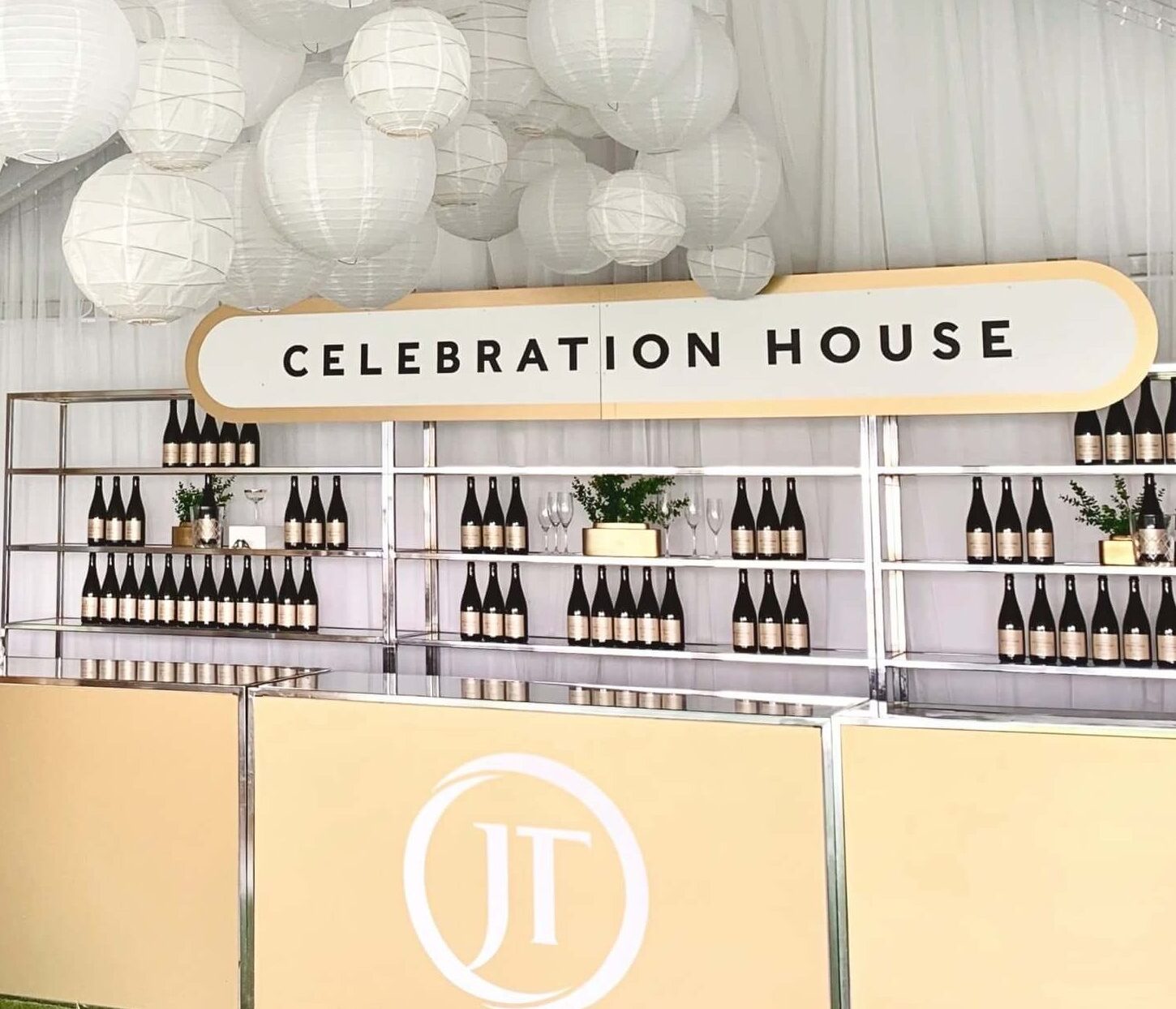
Nova Scotia is Canada’s other major source of sparkling wine. The marginal climate suits a different selection of grapes, especially hybrids such as L’Acadie Blanc, Geisenheim and New York Muscat, although Lightfoot & Wolfville Vineyards has had spectacular success with its traditional-method Brut Chardonnay ($39.13)—a sensational match for lobster. Low-alcohol Nova 7 ($22.55), from sparkling specialists Benjamin Bridge, is one of the most exotic bubblies in the country, full of floral, tropical, perfumed Muscat aromas that are more reminiscent of faraway adventures than of Annapolis Valley.
Well over 200 Canadian wineries – including some in Quebec and New Brunswick – are now producing sparkling wine. It’s something we do particularly well, as others are discovering – Canadian bubblies took home 23 medals at this year’s Decanter World Wine Awards in London. Most exciting is the breadth and variety on offer. There’s something to match every mood and moment, and all of them share sparkling wine’s not-so-secret superpower: the ability to turn even the most casual gathering into a party.
3 approved ways to make sparkling wine
The traditional method
The most renowned is the “traditional method,” first developed in Champagne, France, in which a finished, blended, bone-dry wine is bottled with an extra dosage of yeast and sugar to start a second fermentation in the bottle. As years go by, the wine develops complex, biscuity, yeasty notes while the CO2 gas created by the fermentation stays trapped in the liquid.
The Charmat method
The “Charmat method” is an easier, faster way—Prosecco is the best-known example. With this approach, the finished wine and its dosage are put into a pressurized tank where the second fermentation takes place, creating bubbly that tastes fresh and fruity and is ready to drink after months instead of years. Charmat equipment is expensive, but many small wineries have solved that problem by using the tanks and bottling lines at larger operations.
The ancestral method
And then there’s the “ancestral method,” the oldest and simplest—albeit more difficult to control—way of all. Here, an unfinished wine is bottled during its first fermentation, when it’s still fizzing away. As long as the bottles don’t explode, you’ll end up with a pétillant naturel (a.k.a. “pét-nat”), which is relatively low in alcohol and full of sometimes wild and unpredictable flavours.
9 best sparkling wines in Canada
Wine expert James Chatto’s shares some of his favourites


